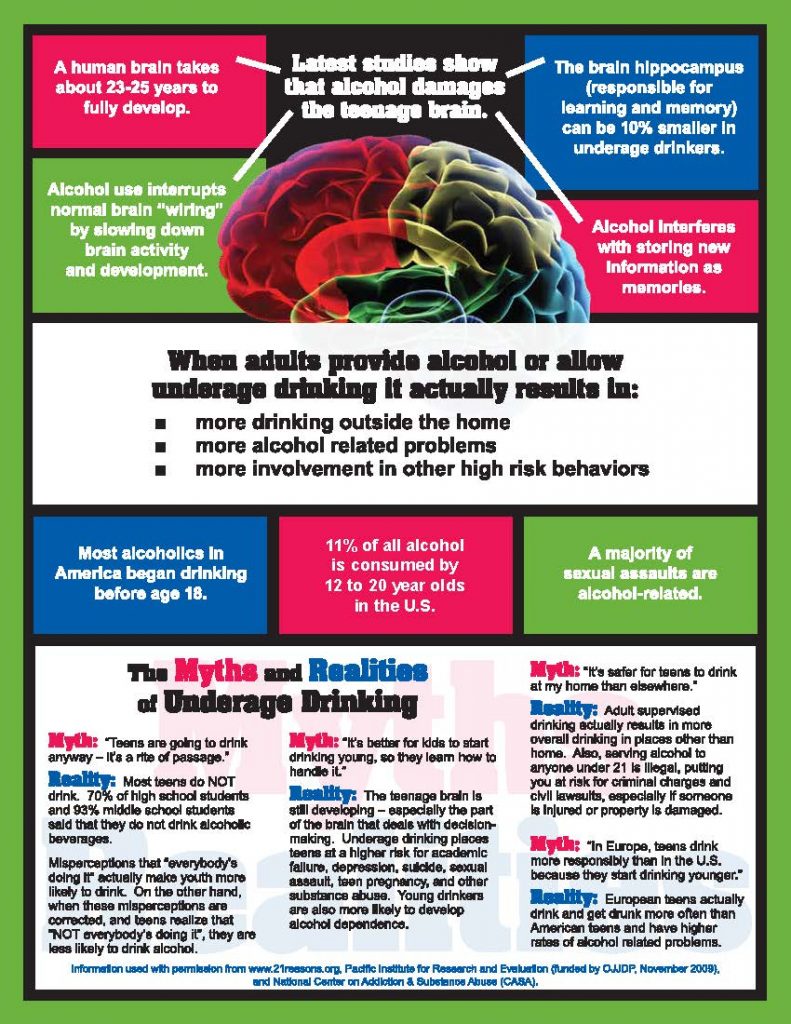 We continue to expand our knowledge about how our brain functions and communicates.
We continue to expand our knowledge about how our brain functions and communicates.
The latest studies have found that there are two systems in the brain, the reward and the anti-reward system. The brain uses many pathways and continually works to stay in balance and avoid pain.
There are nine main brain chemistry neuro-transmitters (molecules of different sizes and shapes), which pass the messages along the pathways. Each controls different aspects of our everyday life, such as our anxiety, fear, anger, motivation, fight and flight, sleep, calmness, pain relief, stress reduction, memory, new learning, perception, movement, self-love and many more.
These new findings also clarify how addiction (alcohol, nicotine, drugs, gambling and others) hijacks these pathways. The drugs mimic the neuro-transmitters, taking over the pathway, so that the body stops to manufacture them, and only the drugs will bring the desired response, be it feeling calm or not feeling pain.
As the addict becomes more dependent on the drug, his or her tolerance increases, which means he or she needs more of the drug to bring the same response. As the addict continues to add the amount of drug or more drugs, more pathways shut down his or her own production of the transmitters, and the addict starts to lose the ability to love himself or herself or others. Memory is impacted, new learning no longer takes place, the addict loses motivation, the addict receives less and less pain relief and pleasure and the addict can no longer relax or stay calm – losing all these regulatory systems.
As the addict becomes more dependent, his or her withdrawal is worse because of the tolerance developed, and he or she moves to heavy use of the drug(s). Eventually, there comes a point when an addict isn’t  using to feel the high anymore but is using drugs to avoid the low.
using to feel the high anymore but is using drugs to avoid the low.
This is why addiction is a brain disease. There are changes and alterations within the brain as it becomes addicted to the external drugs, and the internal system becomes depleted.
Certain things, such as our family history and age we had our first sip of alcohol or used drugs, allow us to see what type of risk we have to become addicted. This short Addiction Risk Profile Questionnaire (ARPQ), developed by Dr. Merrill Norton at the University of Georgia, will allow you to find out if you are at a low, medium or high risk for addiction.
Age of First Drink (first sip) _____
Age of First Drug _____(for anything, opioid, prescription)
Family History of Addiction _____(Yes, No)
Family History of Mental Illness _____(Yes, No – 2 generations back)
Family History of Trauma _____
Family History of Suicide _____
Are you compulsive/impulsive? _____
Are you a perfectionist? _____
Do you have healthy communications with your family members? _____
Are you a religious person or been involved in spiritual programming in your life? _____
Scoring: For questions one and two, you receive one point each if you answered 12 years and below. For questions three through ten, you receive one point for every yes and zero points for every no. Now, add your scores. Scores of four or less equal low risk; five to six equal moderate risk and scores of seven or higher equal high risk. Having yes for three out of four family history questions also constitutes a high risk of addiction.
Being aware of how drugs can not only hijack, but alter the brain systems, will allow us to make healthier choices while understanding that addiction is a brain disease.
For more information on how alcohol damages the teenage brain, visit savebrains.org.
